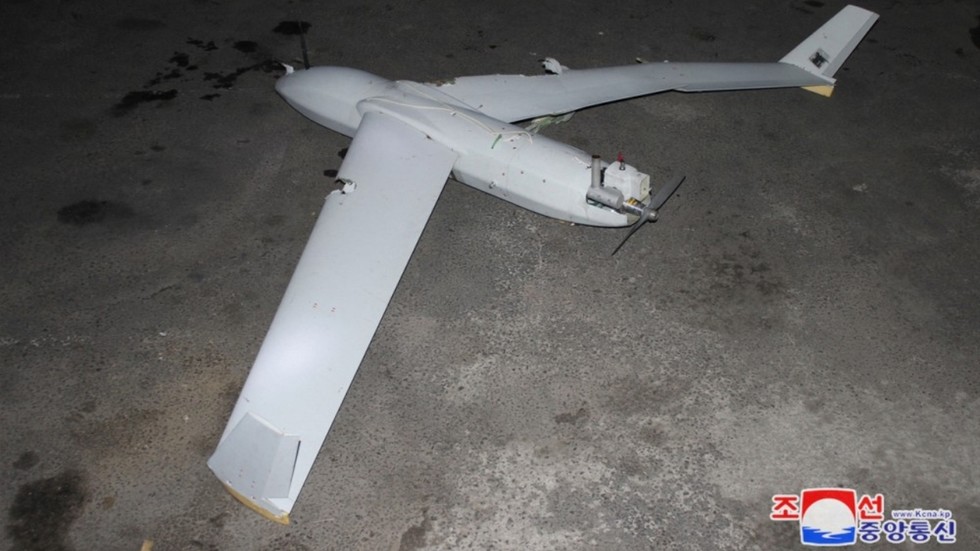The North Korean military has issued a stern warning regarding the potential consequences of South Korea’s military provocations, suggesting that further actions could lead to a declaration of war. This escalating tension comes in the context of North Korea previously claiming to have discovered a South Korean drone allegedly used to distribute propaganda leaflets over Pyongyang. The drone was found in a tree in the northwestern area of the North Korean capital on October 13, and the North Korean Defense Ministry has claimed to possess evidence linking it to South Korea. The ministry has released photographs of the drone and noted its unique features, including a box designed for scattering leaflets.
In a statement, the North Korean ministry emphasized the preliminary findings from their investigation, while asserting that a definitive conclusion has not yet been reached. The assertion of drone incursions has prompted a strong reaction from Pyongyang. They have explicitly stated that any future violations of their territorial airspace or waters would be interpreted as a “grave military provocation,” possibly triggering a military response. This warning indicates a serious escalation in rhetoric, highlighting the fragile nature of inter-Korean relations as both nations engage in military posturing.
The situation has been exacerbated by North Korea’s accusations that South Korea has deployed leaflet-dropping drones on multiple occasions throughout October, with three alleged incursions already cited. While South Korea has neither confirmed nor denied these allegations, it has indicated that any retaliatory action from the North could lead to dire consequences, including threats to the regime itself. This back-and-forth between the two Koreas underscores the precarious state of affairs on the Korean Peninsula, as each side maneuvers within a highly charged political and military landscape.
In response to the alleged drone activities, North Korea demonstrated its resolve by destroying logistical ties—specifically, road and rail links—with the South. This action signals a deliberate attempt to escalate tensions and serves as a warning to Seoul regarding the potential repercussions of continued provocations. The destruction of infrastructure illustrates how quickly diplomatic interactions can devolve into military confrontations when both sides are on edge, and how fragile the status quo is in the region.
The ongoing tensions between the two Koreas are exacerbated by other factors, including international involvement and historical grievances. The situation remains complex, as both countries possess significant military capabilities and have a history of conflict. The North’s threat of declaring war in response to perceived provocations is an alarming development, reflecting a pattern of aggressive posturing that has characterized the region for decades. In this high-stakes environment, small incidents, such as the discovery of a drone, can lead to major international tensions and provoke reactions that could spiral out of control.
Ultimately, the risks of miscommunication and misinformation are inherent in military posturing and actions on both sides. As North Korea’s threats gain attention internationally, the broader implications for regional security and stability become increasingly pronounced. The dangerous cycle of provocation and retaliation could have far-reaching consequences, necessitating careful monitoring and diplomatic efforts to de-escalate tensions before reaching a critical point. The world watches as both Koreas navigate these treacherous waters, hoping for a resolution that fosters peace rather than confrontation.

